 Our department contributes to the UK Centre for Masters Training in Energy Transition (CMT), a collaboration that promotes access to world-leading teaching resources from UK universities with strong track records in energy-related geoscience and engineering.
Our department contributes to the UK Centre for Masters Training in Energy Transition (CMT), a collaboration that promotes access to world-leading teaching resources from UK universities with strong track records in energy-related geoscience and engineering.
The CMT aims to make available and disseminate the resources and training needed by the next generation of geoscientists and engineers, who will face the pressing and intertwined challenges of mitigating emissions, delivering secure, sustainable energy, maintaining access to natural resources, and protecting the environment.
Such challenges lie at the very heart of earth science and are addressed by our various undergraduate and postgraduate course offerings, which aim to prepare students for the unique and significant challenges of the 21st Century.
Study with us
Our Open Access CMT resources can be accessed below.
Recorded lectures
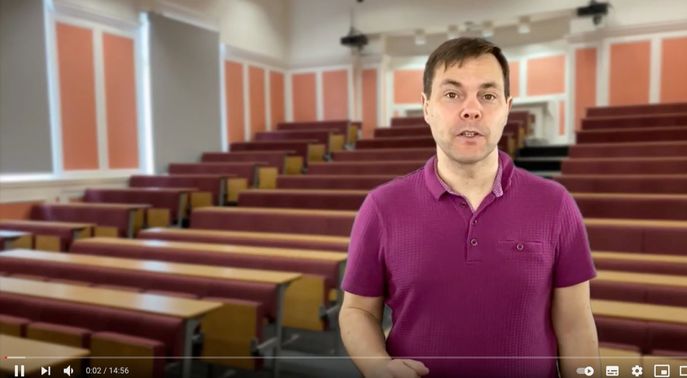
Dr Cédric John's course in Advanced Sedimentology
Advanced Sedimentology: Carbonate Reservoirs. The entire playlist (of 68 videos) can be viewed on YouTube.
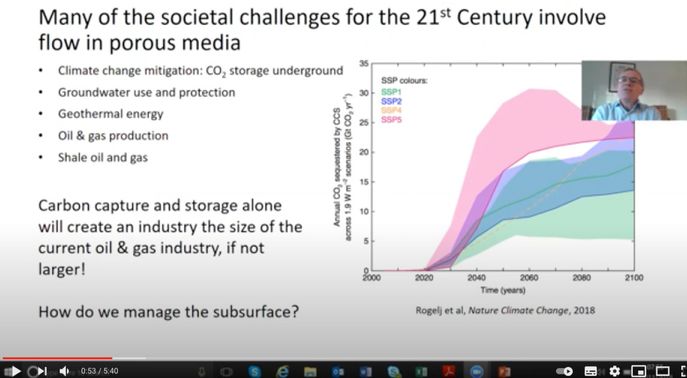
Professor Martin Blunt's course in Flow in Porous Media
Flow in Porous Media. The entire playlist (of 21 videos) can be viewed on YouTube.
Recorded lectures 2
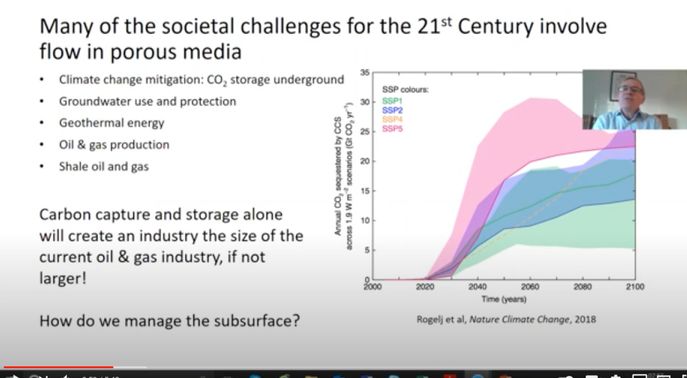
Professor Martin Blunt's course in Reservoir Engineering
Reservoir Engineering. The entire playlist (of 21 videos) can be viewed on YouTube.
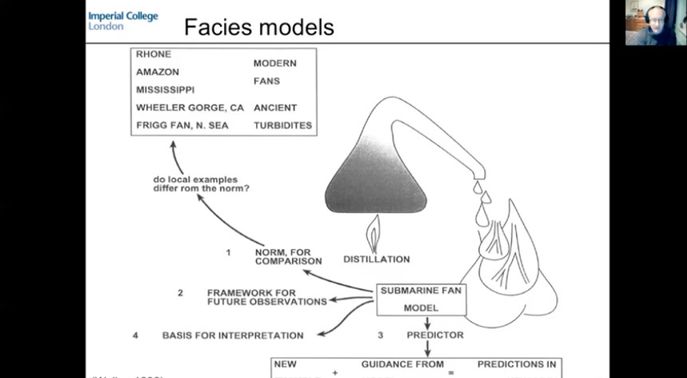
Professor Gary Hampson's course in Applied Sedimentology
Applied Sedimentology (Siliciclastics). The entire playlist (of 13 videos) can be viewed on YouTube.
Recorded lectures 3
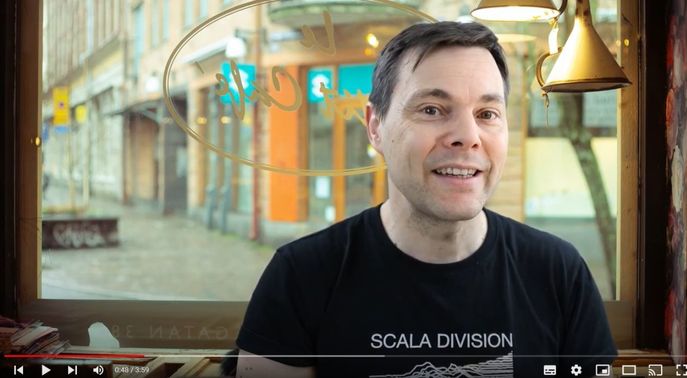
Dr Cédric John's lectures - Data Science & Machine Learning
Short videos on the theory of Data Science and Machine Learning and practical application, with an emphasis on Earth data science and geosciences. The entire playlist (of 24 videos) can be viewed on YouTube.
More from ESE's YouTube channel
Enjoy all of these lectures free and at your own pace on YouTube!
You can also explore more content from the Department of Earth Science and Engineering at the department's YouTube channel.
Remote field trip exercise — explore the Spanish Pyrenees in one day from home
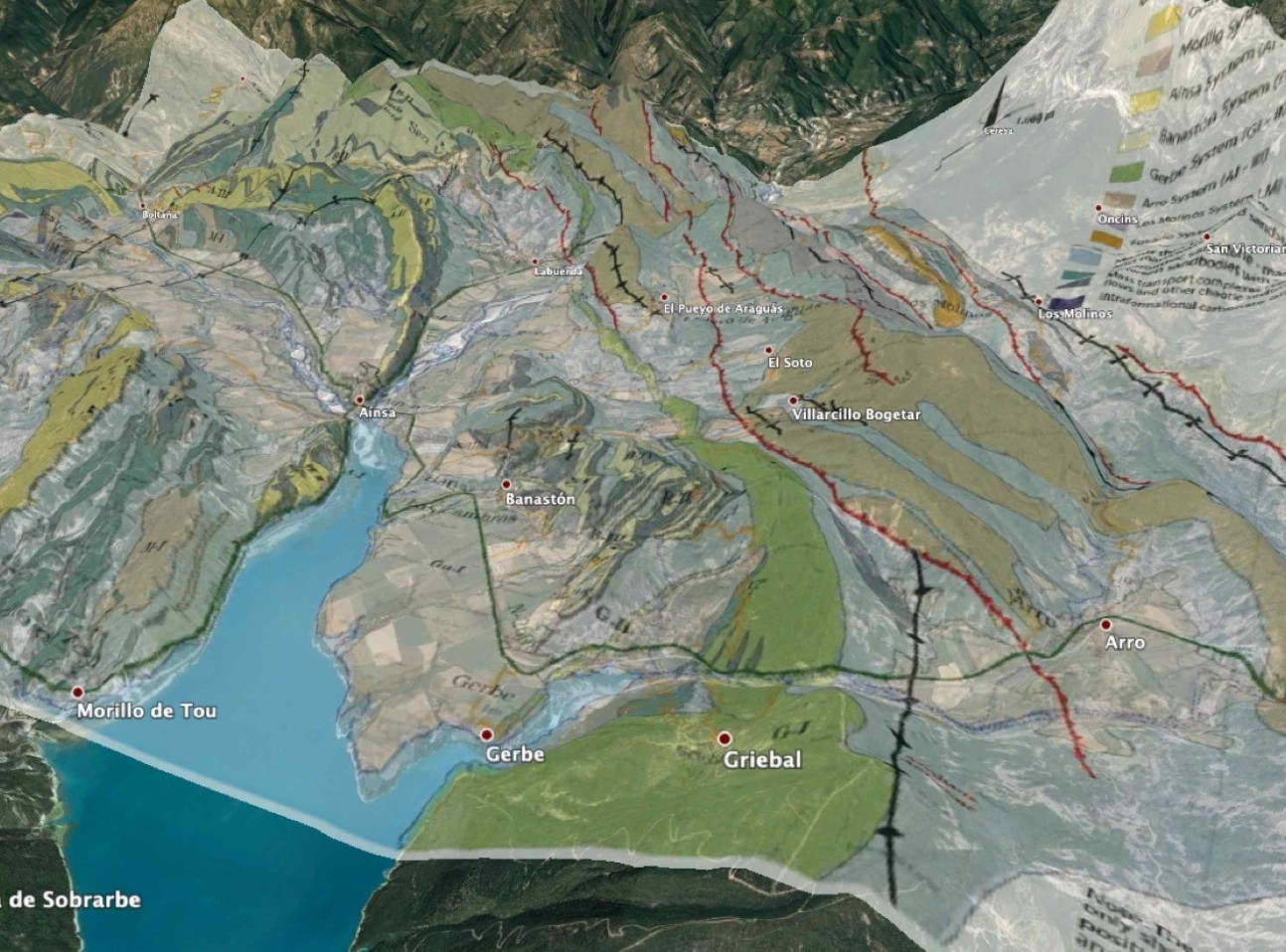
Take a short virtual fieldtrip to the Roda Sandstone of the Tremp-Graus Basin in the Spanish Pyrenees!
This unit is widely visited by geological fieldtrips with an interest in sedimentology, stratigraphy, and reservoir analogues for hydrocarbon production and carbon dioxide storage. The virtual fieldtrip material presents a tour of five outcrop localities (c. 4-5 hours) followed by a subsurface correlation exercise between three wells in the analogous hydrocarbon reservoir of the Troll Field (c. 2-3 hours). It was assembled by Professor Gary Hampson and Dr Lidia Lonergan (both of Imperial College London), and leans heavily on previous fieldtrip material compiled by, and discussions with, Allard Martinius (Technical University of Delft/Equinor).
The materials can be downloaded below, or together as a compressed zipped file [117.5 MB].
Field trip resources
Field trip videos

Virtual fieldtrip to the Pyrenees: Roda Sandstone exercise 1
Video 1/5

Virtual fieldtrip to the Pyrenees: Roda Sandstone exercise 2
Video 2/5

Virtual fieldtrip to the Pyrenees: Roda Sandstone exercise 3
Video 3/5

Virtual fieldtrip to the Pyrenees: Roda Sandstone exercise 4
Video 4/5

Virtual fieldtrip to the Pyrenees: Roda Sandstone exercise 5
Video 5/5
Project datasets
MSc project presentations
Our students complete presentations as part of their MSc qualifications, a selection of which are available below.
Claire Penny
Forward stratigraphic modelling of mass-transport deposits in Brazos-Trinity Basin IV, Gulf of Mexico: implications for hydrocarbon development. Acknowledgements: Cedric John, Sarah Robinson (Imperial), Mike Simmons, Andrew Davies (Halliburton), Halliburton.
Frederick Minihan
Frederick Minihan: Reservoir characterisation in deep-water systems: Can machine learning algorithms be accurately used in the subsurface? An example from the Angel Formation, NW Shelf, Australia. Acknowledgements: Chris Jackson, Tim Wigan (Imperial), Dave Lee, Dave Hodgson (Leeds), Geoscience Australia.
Heejung Seo
Heejung Seo: Late Triassic Sherwood Sandstone and Mercia Mudstone reservoir/seal characteristics in the southern East Irish Sea Basin. Acknowledgements: Ben Franklin, Ben Minshell, Stefano Baffi, Simon Beswetherick (ENI UK), Gary Hampson (Imperial), ENI UK.
Theresia Citraningtyas
Theresia Citraningtyas: Structural geology interpretation using deep learning and a critical assessment of fault extraction and characterisation methods. Acknowledgements: Eirik Larsen (Earth Science Analytics), Rebecca Bell (Imperial), Earth Science Analytics.
